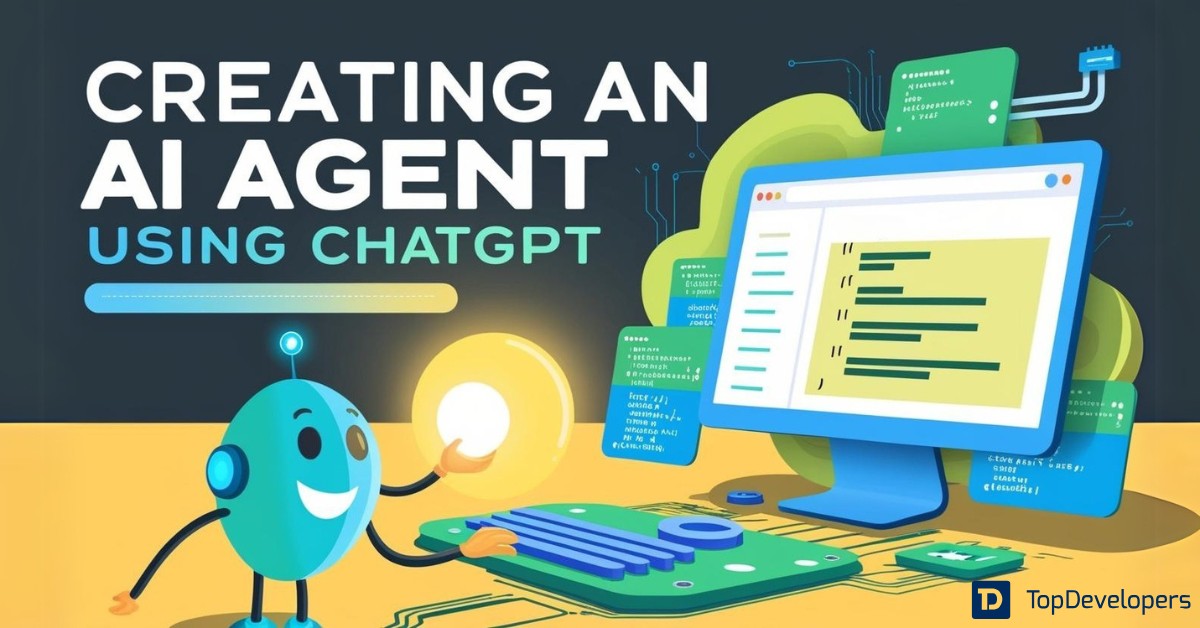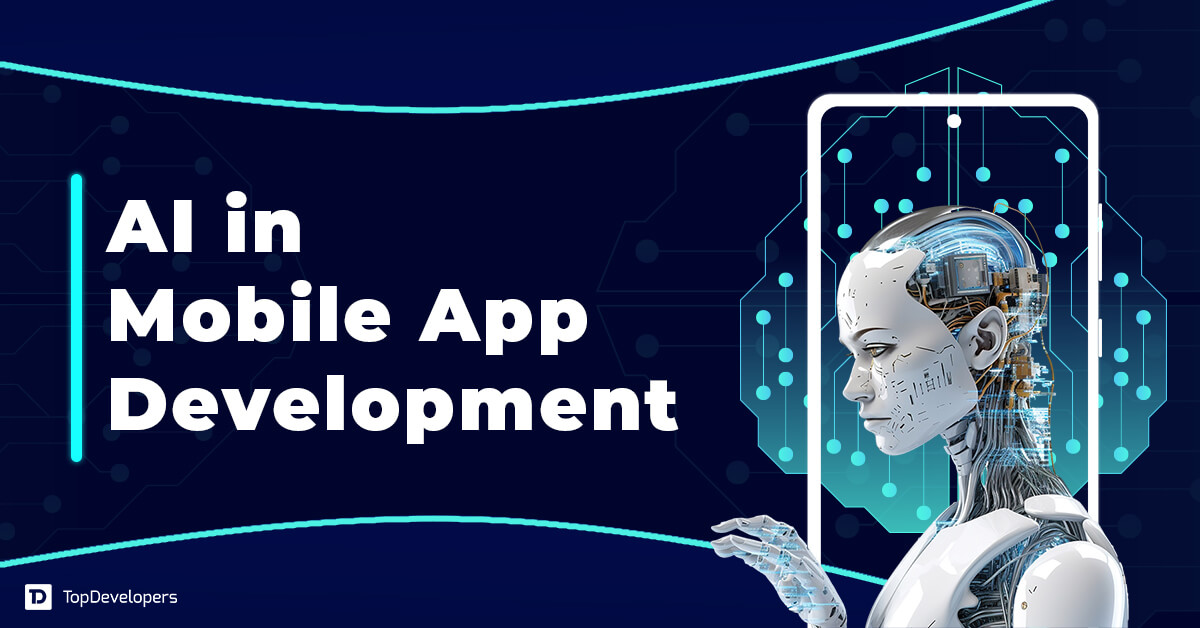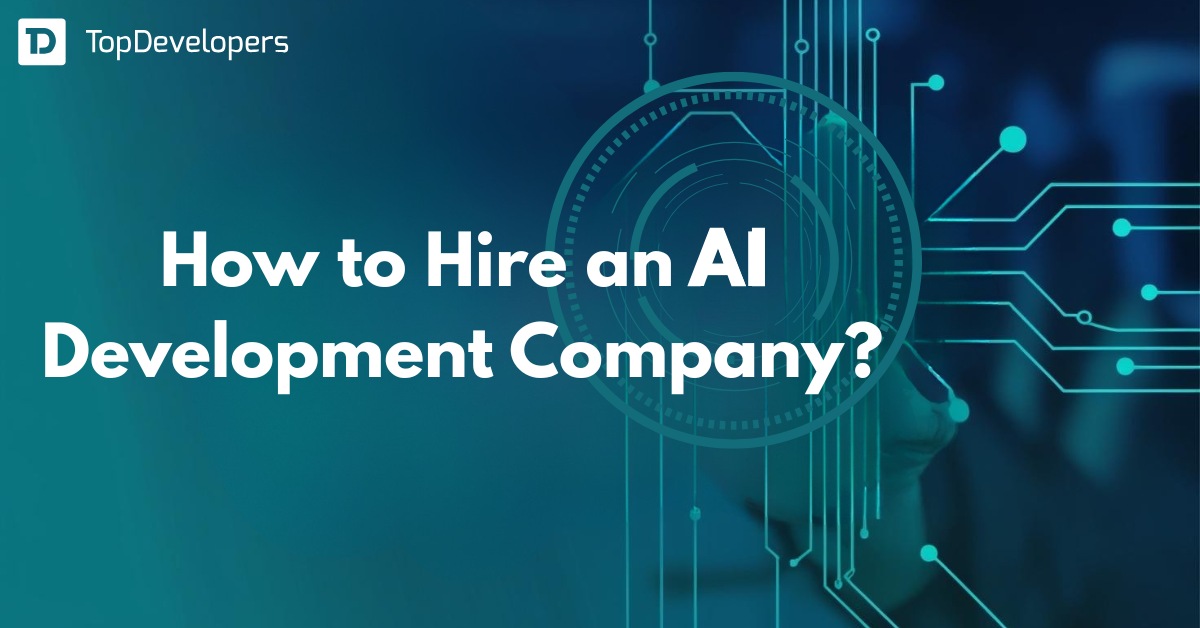
Artificial Intelligence is transforming the way businesses operate by automating processes, enhancing decision-making, and improving customer experiences. Among the most influential AI technologies today are Generative AI and Large Language Models (LLM). While both are designed to generate content, their functionalities, applications, and business impact vary significantly.
Businesses must carefully evaluate which AI solution aligns best with their objectives. Generative AI extends beyond text-based outputs and is widely used for creative content generation, including images, videos, and music. Large Language Models specialize in processing and generating human-like text, making them ideal for applications such as chatbots, content automation, and data analysis.
Selecting the right AI technology requires understanding their differences and assessing key business factors such as goals, resource availability, security, and integration needs. This blog provides a comprehensive comparison of Generative AI and Large Language Models to help businesses determine which solution works best for their requirements.
Table of Contents
What is Generative AI?
Generative AI refers to artificial intelligence models that create new content based on patterns learned from existing data. These AI models can generate text, images, videos, audio, and even code, making them highly versatile across industries. Unlike traditional AI systems that rely on predefined rules, Generative AI uses machine learning techniques such as deep learning and neural networks to produce outputs that closely resemble human-generated content.
One of the defining characteristics of Generative AI is its ability to generate diverse and unique content. It is widely used in applications such as automated content creation, image synthesis, music composition, and virtual assistants. Businesses leverage Gen AI to enhance creativity, streamline workflows, and improve customer engagement by generating personalized and dynamic content. Furthermore, the benefits of Generative AI include improved efficiency, cost savings, and the ability to scale content production without compromising quality.
Advancements in Generative AI have led to the development of models capable of producing high-quality outputs with minimal human intervention. These models continue to evolve, offering businesses new opportunities to innovate and optimize their operations through AI-driven automation.
What is an LLM?
A Large Language Model, or LLM, is an advanced artificial intelligence model designed to process, understand, and generate human-like text. These models are trained on vast amounts of textual data, allowing them to recognize patterns, predict sequences, and produce coherent and contextually relevant responses. Unlike traditional rule-based language processing systems, LLMs use deep learning techniques such as transformer architectures to improve their language comprehension and fluency.
LLMs excel in tasks such as text summarization, translation, content creation, and conversational AI. Businesses use LLMs to power chatbots, automate customer support, enhance search functionality, and generate high-quality written content. These AI models enable businesses to improve efficiency, reduce operational costs, and offer seamless interactions with customers and employees.
The effectiveness of LLMs depends on their training data, computational power, and fine-tuning capabilities. With continuous advancements, LLMs are becoming more sophisticated, allowing businesses to leverage AI-driven text generation for various applications while ensuring accuracy and contextual relevance.
Generative AI vs Large Language Models: Understanding the Differences
Generative AI and Large Language Models are both powerful AI technologies, but they serve different purposes and function in distinct ways. Generative AI is designed to create diverse content, including text, images, audio, and video, making it a versatile tool for creative and innovative applications. On the other hand, Large Language Models (LLMs) focus solely on text-based tasks such as translation, summarization, question-answering, and conversation.
Understanding the key differences between these AI models is essential for businesses looking to implement the right technology. Factors such as functionality, use cases, data requirements, computational needs, and adaptability all play a role in determining which AI model is best suited for specific business needs.
Additionally, many popular Generative AI development companies are helping organizations harness these technologies by building customized AI solutions for marketing, content creation, customer support, and product innovation. Partnering with the right provider can give businesses a competitive edge by ensuring they deploy the most effective and scalable AI tools.
Below is a detailed comparison of Generative AI and Large Language Models to help businesses make informed decisions.
Functionality and Scope
Generative AI and Large Language Models differ in the types of content they generate and the scope of their capabilities.
- Generative AI is designed to produce a wide range of content types, including text, images, videos, and music. It leverages deep learning techniques to create outputs that resemble human-generated content. Businesses use Generative AI for applications such as marketing content creation, product design, and automated media generation.
- Large Language Models specialize in natural language processing and text-based tasks. They are primarily used for tasks such as content writing, chatbots, document summarization, and conversational AI. While LLMs are a subset of Generative AI, they do not generate multimedia content and are limited to textual outputs.
Use Case Specialization
The applications of Generative AI and Large Language Models vary based on their specialization and core capabilities.
- Generative AI is widely used in industries that require creative automation and content generation. Businesses utilize it for designing marketing visuals, producing AI-generated music, developing product prototypes, and generating unique media content. Its ability to create multi-format outputs makes it valuable for organizations looking to automate creative workflows.
- Large Language Models are more suited for businesses that need text-based automation. Industries such as customer support, legal documentation, research, and content-driven platforms benefit from LLMs. These models improve efficiency by handling large volumes of textual data, automating responses, and providing accurate content generation.
Input and Output Formats
Generative AI and Large Language Models differ in the types of data they process and the outputs they generate.
- Generative AI works with multiple data formats, including text, images, audio, and video. It can generate realistic visuals, synthesize speech, and create various forms of media content. This versatility makes it useful for industries that require dynamic content creation, such as marketing, entertainment, and design.
- Large Language Models are limited to textual data. They process and generate human-like text, making them ideal for applications such as chatbot interactions, document summarization, and automated content writing. Since LLMs specialize in natural language processing, they are best suited for businesses that rely heavily on text-based workflows.
Data Training Complexity
The complexity of training Generative AI and Large Language Models varies depending on the type of data and computational requirements.
- Generative AI requires diverse datasets that include text, images, videos, and audio to function effectively. Training these models involves complex neural networks, which demand high processing power and large-scale datasets. Businesses that implement Generative AI must ensure they have the necessary infrastructure to support extensive data processing and model training.
- Large Language Models rely on vast amounts of textual data for training. While their datasets are extensive, they do not require non-text data, making them less computationally intensive than multimodal Generative AI models. However, fine-tuning an LLM for specific business applications still requires significant data processing and optimization.
Customization and Adaptability
Generative AI and Large Language Models offer different levels of customization and adaptability based on their use cases and training methods.
- Generative AI provides broader creative flexibility but often requires significant fine-tuning to generate high-quality outputs for specific applications. Businesses that use Generative AI for marketing, design, or content creation need to train models on industry-specific data to ensure relevance and accuracy. Fine-tuning a Generative AI model can be resource-intensive, requiring specialized datasets and computational power.
- Large Language Models can be fine-tuned for specific industries or tasks with domain-specific training. Businesses in legal, finance, healthcare, and customer service can train LLMs on specialized datasets to improve accuracy and relevance. While LLMs offer adaptability in text-based applications, they lack the creative flexibility of Generative AI for multimedia content.
Computational Requirements
The hardware and processing power needed for Generative AI and Large Language Models differ significantly based on their capabilities and scope.
- Generative AI demands higher computational resources, especially for image, video, and audio generation. The complexity of training and running these models requires powerful GPUs, cloud-based infrastructure, and substantial storage capacity. Businesses looking to implement Generative AI must consider the costs and technical requirements of maintaining these models at scale.
- Large Language Models also require significant computational power, particularly during the training phase. However, they are relatively more efficient in deployment when compared to Generative AI models that handle multiple data types. Businesses can optimize LLM performance by using cloud-based services or leveraging smaller, fine-tuned models tailored to specific applications.
Performance Accuracy
The accuracy and reliability of Generative AI and Large Language Models depend on their training data, algorithms, and intended use cases.
- Generative AI can produce highly creative and realistic outputs, but it is prone to inconsistencies, known as hallucinations. These errors can occur in AI-generated images, videos, or even text-based content. While Generative AI is useful for creative applications, businesses must verify outputs for accuracy, especially when used in data-sensitive fields like healthcare or finance.
- Large Language Models are generally more reliable in structured text-based tasks but can still generate biased or misleading information. Since LLMs predict text based on probability, they may produce outputs that sound correct but lack factual accuracy. To improve reliability, businesses can fine-tune LLMs with verified datasets and implement content validation mechanisms.
Industry Applications
Generative AI and Large Language Models cater to different industries based on their capabilities and specialization.
- Gen AI is widely used in marketing, entertainment, design, and product development. Businesses leverage it for creating AI-generated advertisements, automated video production, virtual product prototypes, and personalized content recommendations. Its ability to generate multimedia content makes it valuable for industries that rely on visual and creative automation.
- Large Language Models are more suitable for industries that require text-based automation, such as customer service, legal documentation, financial reporting, and academic research. Businesses use LLMs to power chatbots, automate document processing, and generate insights from large volumes of text data. Their ability to handle natural language makes them a preferred choice for applications requiring contextual understanding and text generation.
Key Factors to Consider When Choosing Between Generative AI and LLMs
Selecting the right AI technology depends on several business-specific factors, including operational goals, data availability, cost, security, and integration requirements. Understanding these factors helps businesses make informed decisions about whether Generative AI or Large Language Models align better with their needs.
Business Goals
The primary consideration when choosing between Generative AI and LLMs is the business objective. Different industries and applications require distinct AI capabilities.
- Generative Artificial Intelligence is suitable for businesses that focus on creative content generation, such as marketing, design, and media production. It can automate tasks like image creation, video synthesis, and personalized content recommendations.
- Large Language Models are ideal for businesses that rely on text-based automation. They enhance customer support, power AI-driven research tools, and improve document processing in industries such as finance, legal, and healthcare.
Understanding how AI aligns with business goals ensures that the chosen model delivers maximum value.
Data Availability
The type and quantity of data available significantly impact AI model performance. Different models require different data inputs to function effectively.
- Generative AI requires diverse, high-quality datasets that span multiple formats, including text, images, audio, and videos. Businesses must ensure they have access to structured and relevant data to train the model effectively.
- Large Language Models primarily rely on textual datasets. Businesses using LLMs must ensure that their models are trained on accurate, domain-specific text to enhance precision and relevance.
Evaluating data availability helps businesses determine whether they can support the requirements of Generative AI or LLMs.
Budget and Infrastructure
The cost of implementing AI solutions varies based on model complexity, computational requirements, and scalability. Businesses must assess whether they have the necessary infrastructure and financial resources.
- Generative AI requires higher computational power, particularly for generating complex images, videos, and audio. Businesses must invest in advanced cloud-based solutions or GPU-powered systems to handle processing demands.
- Large Language Models also require substantial computing resources, especially for training, but their deployment can be more cost-effective when optimized for specific tasks. Businesses can reduce expenses by leveraging cloud-hosted LLM services or fine-tuning pre-trained models.
Budget constraints and infrastructure capabilities play a crucial role in selecting an AI model that fits within business operations.
Compliance and Security
Businesses handling sensitive information must consider data privacy, security, and regulatory compliance when implementing AI solutions.
- Generative AI poses challenges in copyright, content authenticity, and ethical use. Businesses using AI-generated content must ensure compliance with intellectual property regulations and avoid generating misleading or inappropriate material.
- Large Language Models require strict security measures to prevent data leakage and bias-related risks. Businesses that deal with legal, financial, or healthcare data must ensure LLMs are trained with unbiased, verified datasets to maintain accuracy and compliance with industry standards.
Choosing an AI model that aligns with security protocols and regulatory requirements minimizes risks and enhances trust in AI-driven processes.
Integration with Existing Systems
AI solutions should seamlessly integrate with current business workflows, software, and operational infrastructure to maximize efficiency.
- Generative AI models may require additional tools for content management, design applications, and automated publishing systems to optimize workflow integration. Businesses should ensure their AI-generated outputs align with branding and content strategies.
- Large Language Models can integrate with chatbot platforms, customer relationship management (CRM) systems, and enterprise resource planning (ERP) software. Businesses must assess whether the LLM solution can work efficiently with existing data pipelines and automation frameworks.
Ensuring AI compatibility with existing systems helps businesses avoid implementation challenges and enhances overall productivity.
Selecting between Generative AI and Large Language Models requires careful evaluation of business objectives, data requirements, budget constraints, security concerns, and system integration needs. By analyzing these factors, businesses can implement AI solutions that enhance efficiency, drive innovation, and align with their long-term goals.
Conclusion
Businesses looking to integrate artificial intelligence must carefully evaluate whether Generative AI or Large Language Models align better with their operational needs. While both technologies offer advanced automation and content generation capabilities, their applications and requirements differ significantly.
Generative AI is best suited for businesses that need creative automation, including marketing content, product design, and multimedia production. It enables companies to generate high-quality images, videos, and synthetic data, making it valuable in industries that require visual and interactive content. On the other hand, Large Language Models are more effective for text-based automation, such as customer service, document processing, and business intelligence. Their ability to understand and generate human-like text makes them essential for businesses relying on written communication and data-driven insights.
Factors such as business goals, data availability, budget constraints, security considerations, and integration capabilities play a crucial role in selecting the right AI model. Understanding these differences helps businesses implement AI solutions that drive efficiency, improve workflows, and enhance decision-making. Top Generative AI companies offer solutions tailored to specific industry needs, enabling businesses to adopt AI technology that aligns with their objectives.
By analyzing these factors, businesses can make informed decisions and choose the AI technology that best supports their growth and innovation strategies.
 Gillian Harper
| Mar 21, 2025
Gillian Harper
| Mar 21, 2025
A professionally engaged blogger, an entertainer, dancer, tech critic, movie buff and a quick learner with an impressive personality! I work as a Senior Process Specialist at Topdevelopers.co as I can readily solve business problems by analyzing the overall process. I’m also good at building a better rapport with people!


